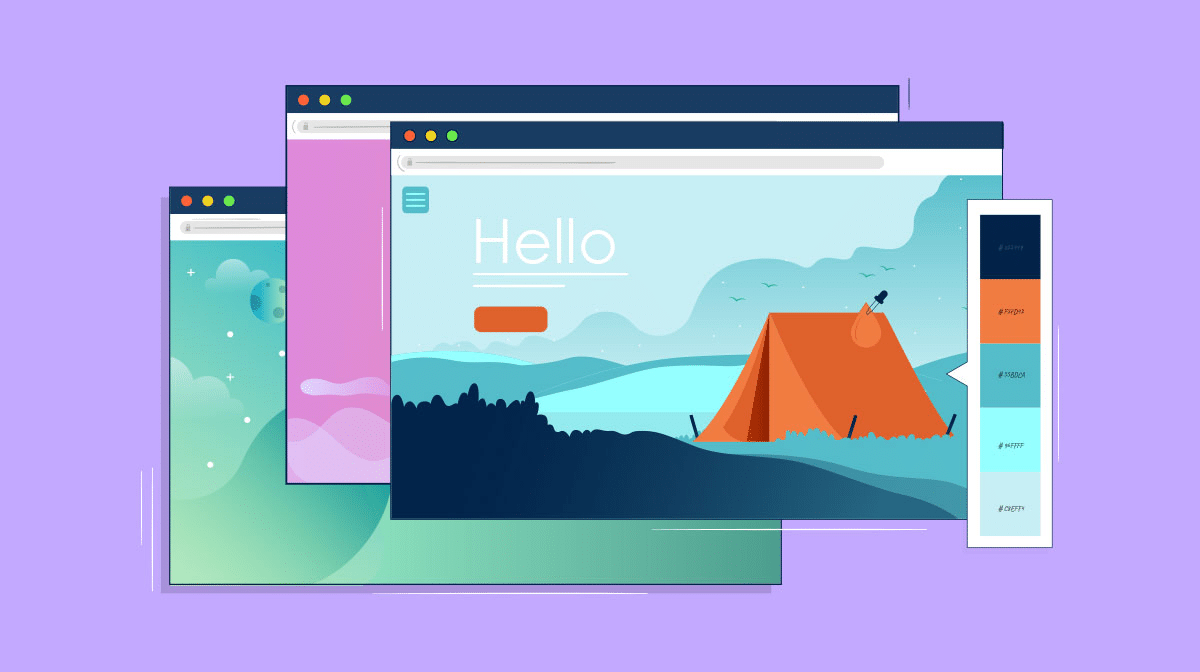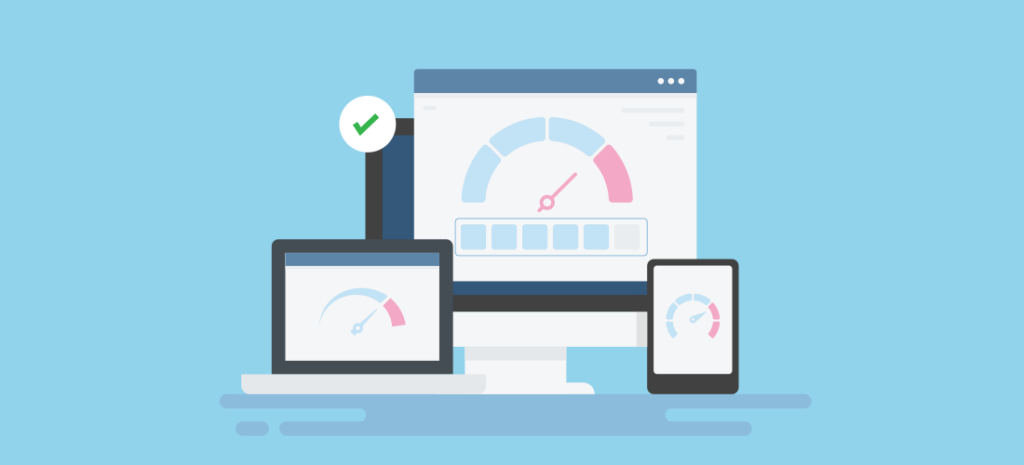How Can I Get into Web Design with No Experience?
Introduction
How can I get into web design with no experience? Starting a career in web design might be intimidating, especially if you have no prior expertise. You may, however, become a skilled web designer with commitment, practise, and the correct resources. Even if you have no prior knowledge, this article will walk you through the necessary steps to get started in web design.
1. Understand the Basics
1.1 Learn HTML and CSS
The core of web design is HTML (Hypertext Markup Language) and CSS (Cascading Style Sheets). These markup languages define a webpage’s structure and style. Begin with understanding the fundamentals of HTML, such as tags, elements, and attributes. CSS is in charge of the presentation of the webpage, including fonts, colours, and layout. Online tutorials and interactive courses are great ways to learn these languages.
1.2 Familiarize Yourself with Web Design Principles
Understanding web design concepts is essential in addition to mastering HTML and CSS. Colour theory, typography, layout, and user experience (UX) design are examples of such principles. Look for articles, books, and other resources that clarify these principles. Examine well-designed websites to learn why they are visually appealing and user-friendly. For web design Gippsland see here.

2. Gain Hands-on Experience
2.1 Build Your Own Projects
Practise is essential for enhancing your web design abilities. Begin by creating your own projects, such as personal or portfolio websites. Apply what you’ve learnt and experiment with other designs. This will not only improve your talents, but it will also act as a portfolio for potential clients or employers.
2.2 Collaborate with Others
Collaboration can bring significant insights and broaden your perspective. Participate in web design networks, forums, and look for opportunities to interact with expert designers. Working on projects together allows you to learn new approaches, gain feedback, and broaden your network.

2.3 Take on Freelance Projects
You can obtain real-world experience while expanding your portfolio by freelancing. Platforms for freelancers to locate web design assignments include Upwork, Freelancer, and Fiverr. Begin with simpler projects that are within your ability level and progressively work your way up as you develop confidence and knowledge. For eCommerce Designers see here.
3. Expand Your Knowledge
3.1 Learn Responsive Web Design
With the increased use of mobile devices, it is critical to build websites that can be viewed on a variety of screen sizes. Learn about responsive web design, which ensures that your websites look and work properly on a variety of devices. Investigate frameworks such as Bootstrap that make it easier to create responsive layouts.

3.2 Explore Web Design Tools
Learn about common web design tools that help you streamline your productivity. Adobe Photoshop and Sketch are two tools that may help you create visually beautiful designs. Furthermore, technologies like Adobe XD and Figma allow you to create interactive prototypes, which can help you improve your UX design skills.
3.3 Stay Updated with Industry Trends
The web design market is constantly evolving, with new approaches and trends developing on a regular basis. Follow industry blogs, podcasts, and social media platforms to stay up to date. Follow and observe influential web designers. Attend web design conferences or meetups to network with professionals and learn about current trends.
4. Build a Strong Portfolio
4.1 Showcase Your Best Work
Make an online portfolio to display your web design work. Choose your greatest work to demonstrate your abilities and style. Include projects that demonstrate your adaptability, such as e-commerce websites, blogs, or landing pages. Make sure to include project summaries that highlight your involvement and the obstacles you overcome.
4.2 Consider Personal Branding
Creating a personal brand might help you stand out in a crowded field. To reflect your business, create a professional logo, use a consistent colour palette, and construct a visually appealing website. Incorporate your portfolio and a bio that emphasises your abilities and expertise into your website.
4.3 Seek Feedback and Testimonials
Contact previous clients or collaborators and request feedback or testimonials for your portfolio. Positive feedback and testimonials can boost your credibility and persuade future clients or employers to put their trust in you. Continuous improvement based on constructive criticism is critical for your professional development as a web designer.
5. Continuous Learning and Improvement
5.1 Explore Advanced Web Design Concepts
Once you’ve established a solid foundation, you can continue to broaden your expertise by delving into advanced web design concepts. Learning JavaScript for interactive components, understanding SEO (Search Engine Optimisation) techniques, or delving into web accessibility standards are all possibilities.
5.2 Take Advantage of Online Courses and Resources
The internet has a plethora of online courses, tutorials, and tools to help you improve your web design skills. Structured courses given by industry professionals are available on platforms like as Udemy, Coursera, and Codecademy. To further your comprehension, you can also access free resources such as YouTube tutorials, blogs, and forums.
5.3 Join Web Design Communities
Participating in the online design community can introduce you to new concepts, trends, and opportunities. Participate in online forums, join design-related Facebook groups, and attend local meetups or conferences. Connecting with other designers can lead to opportunities for collaboration, mentorship, and professional progress.
Conclusion
Starting a web design profession without prior expertise may appear difficult, but it is certainly doable. You may establish yourself as a skilled web designer by grasping the fundamentals, acquiring hands-on experience, increasing your knowledge, developing a solid portfolio, and always learning. Remember that practise and patience are essential for success in this continually changing sector. Begin learning, developing, and producing today, and go on the exciting adventure of becoming a web designer.






